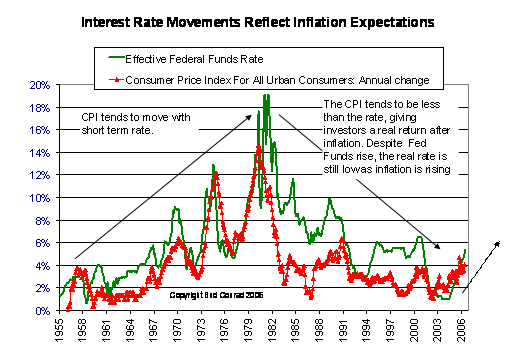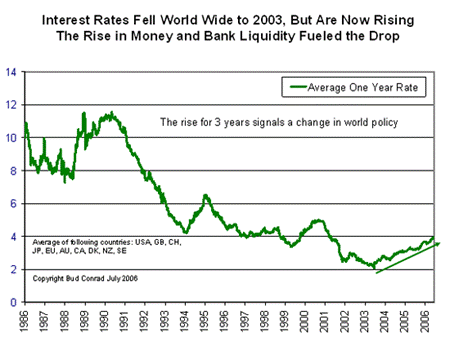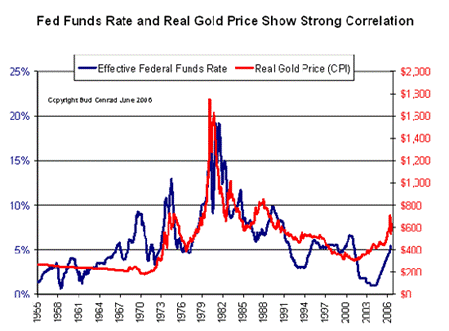Good times for gold
Rising global interest rates point to good times for gold.
Interest rates around the globe are going up
because inflation and default risk are going up. Lenders want to be compensated
for the chance they might not be repaid. When the currency seems to lose
purchasing power, lenders want to recover the loss by collecting more interest,
and borrowers are willing to pay it, in anticipation of even more currency
depreciation.
In the case of government debt, default risk is minimal since, if need be, the
debtor government can always print what it owes. So rising interest rates on
government debt are a clear reflection of rising inflationary pressure. And
that’s unquestionably a positive for gold.

The chart above shows that
interest rates on 12-month government debt have been on the rise for 3 years,
an indication of rising inflation expectations consistent with the strength in
gold and silver over the same period.
This chart and the next should
debunk the theory you may have heard that rising interest rates are bad for the
price of gold. The reality is quite the opposite.

The chart above tracks an average of yields on 12-month notes issued by the
governments of the United States, Japan, Canada, Australia, New Zealand, United
Kingdom, Switzerland, Sweden, Denmark and the EU.

The above red line shows what the price of gold would be in 2006 dollars as
corrected for inflation measured by the CPI.
A key measure of interest rates is how high they are after subtracting
inflation. By that standard, they aren’t high now. Even though rates have risen,
inflation has also risen, so the effective real rate is still low. But higher
inflation is going to lead to higher rates.
In the past 12 months, the CPI has risen 4.2%, and it is running at a 5.2%
annual rate so far in 2006, accelerating to a 5.7% annualized rate over the
last 3 months. Yet, with rates on short-term Treasuries around 5%, they are
still close to zero after inflation.
And real interest rates are almost certainly lower than they look. To avoid
reporting high inflation, the Commerce Department has been cooking the books
over the last few years. One example is that it uses residential rents in its
CPI calculation rather than the cost of houses, simply ignoring soaring housing
prices. But from here on, that accounting slight of hand may have the opposite
effect, as rents continue moving up and housing prices stall. There is more:
the rental equivalent rate included a deduction of the utilities included in
rent, so as energy prices rose, the rental equivalent rate was calculated to be
lower than the actual rents. We could write a book on government deception, but
the bottom line is that inflation is higher than the government indicates.
Going forward, this means that one of the most watched measures of inflation
has some big rises already baked in. When the general public is shocked by
higher inflation numbers, interest rates will reflect that.
When viewed from this perspective, the recent short but sharp fallback in
metals has little importance for investors. Gold ran ahead of itself, over-leveraged
traders profited and then panicked, and the price took a dive.
But there’s been no change in the big picture for gold and silver. The world
continues to be awash in a sea of debt, with sea levels still rising from the
rivers of spending by the U.S.
and other governments. The debt-heavy governments are egged on by organized
constituencies and prevented from cutting spending—even if they ever wanted
to—by statutory entitlement programs, entrenched bureaucracies and, in the case
of the U.S.,
the war against Islam.
In fact, the situation is much worse—“intractable,” as Paul Volker recently put
it—than it was leading up to gold’s bull market in the 1970s. Back then, the
economy wasn’t perched on a housing bubble perched on a pin. Back then, the
world’s central banks still sought dollars. Back then, you didn’t have hundreds
of trillions of dollars in exotic derivatives.
And back then foreigners, many of them now truly hostile to the U.S.,
weren’t holding trillions of dollar assets as reserves.
What
To Do and When To Do It
While it is heartening—speaking strictly as
a speculator with a current interest in the 10-to-1 leverage offered by high-quality
but low-capitalization gold shares—to see gold’s price rally in the face of yet
more turmoil in the Middle East, or when North Korea shoots missiles and talks
about immolating its neighbors, it is important not to expect too much, too
fast.
Even as we write, the war rally has
stalled, with traders selling gold due to the laughable contention that the
U.S. dollar is a “safe harbor” currency, and because of the misperception that
higher interest rates are bad for gold.
The fact of the matter is that we are still
in the traditionally slow season for gold, with Indian wedding season buying of
gold still a month or so away. And while the now inevitable monetary crisis is coming
soon, it likely won’t come in the next month or two. Meaning the summer will
continue much as it has, with weak volumes in the gold stocks and interim price
swings as gold positions itself for a breakout this fall.
Therefore, the best advice I can give for
the next couple of months is to buy gold and quality gold stocks only on dips,
and not on bomb-inspired rallies.
In time, you’ll know when the pieces have
fallen into place for the next phase in this bull market of a lifetime. When it
happens in a year or two years from now (I doubt it will be longer than that),
inflation will be soaring, traditional equity markets in ruin, bond holders
left holding empty bags, and gold will be trading well over that of the peak in
the previous secular bull market. If you don’t buy now, you may not regret it
for the next month or two. But you’ll regret it soon. And for the rest of your
life.
Between now and then, by being disciplined
and only buying the quality gold and silver stocks on the dips, you’ll have
multiple opportunities to make life-changing returns.
Doug (with Bud Conrad)













 Email us
Email us